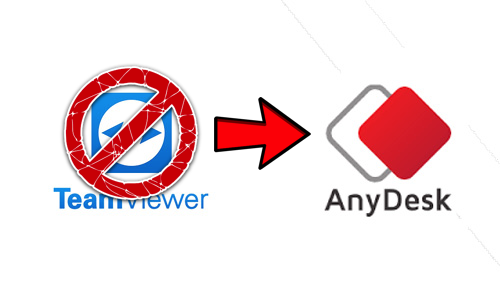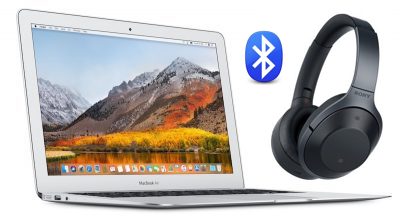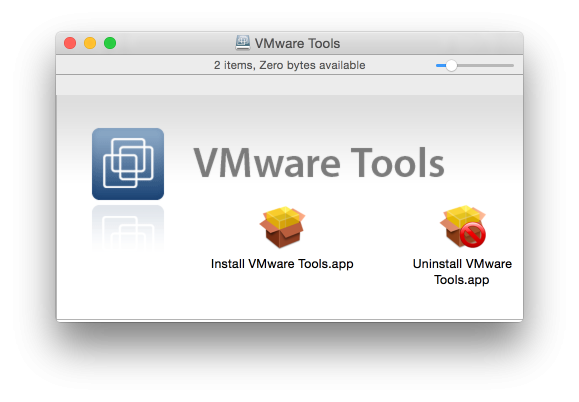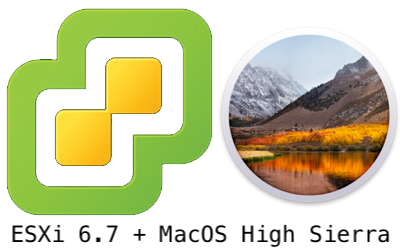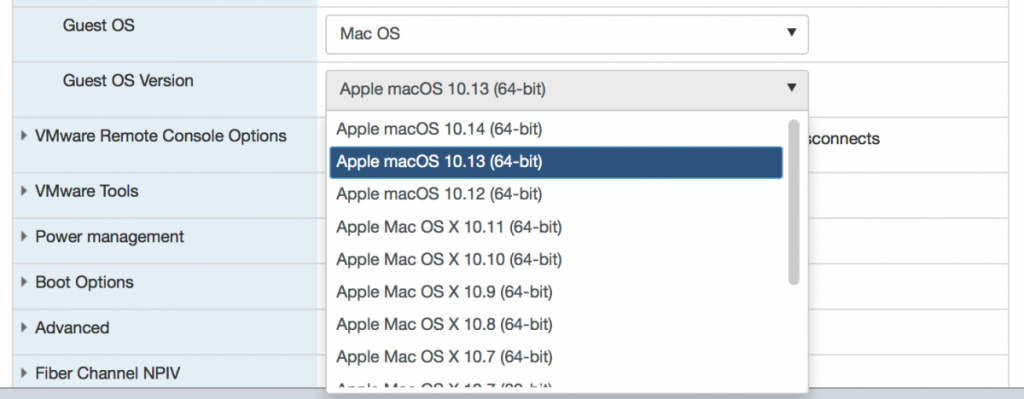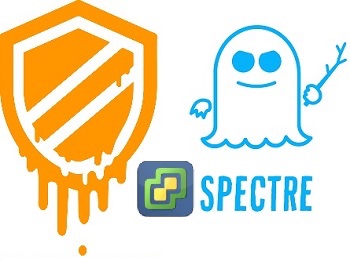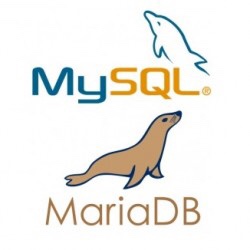As part of the migration of my MacOS Server to Linux the most tricky service to migrate is Apple’s OpenDirectory service. Although it is based on the open-source OpenLDAP project, Apple did customize things a lot, making it very tricky to move and block a real migration due to these closed-source customizations. Instead of spending a lot of time on trying to figure out how to migrate OpenDirectory, I decided to start with a clean FreeIPA installation and migrate the users to that. Since I have been using MacOS Server’s OpenDirectory handled my authentication for quite some time and ran in to issues before I learned that starting from scratch (and only migrating user information) isn’t that hard and in often the best approach.
As it is already quite long, this post focuses on how to configure FreeIPA on Fedora Core and migrating DNS and users. Integrating MacOS is covered on the FreeIPA WiKi and will be covered in a subsequent post including the integration with Apple’s Profile Server (the main component Apple seems to intend to support in the future). To aid with the configuration / setup I wrote a couple of scripts that are available from my Gitlab instance.



